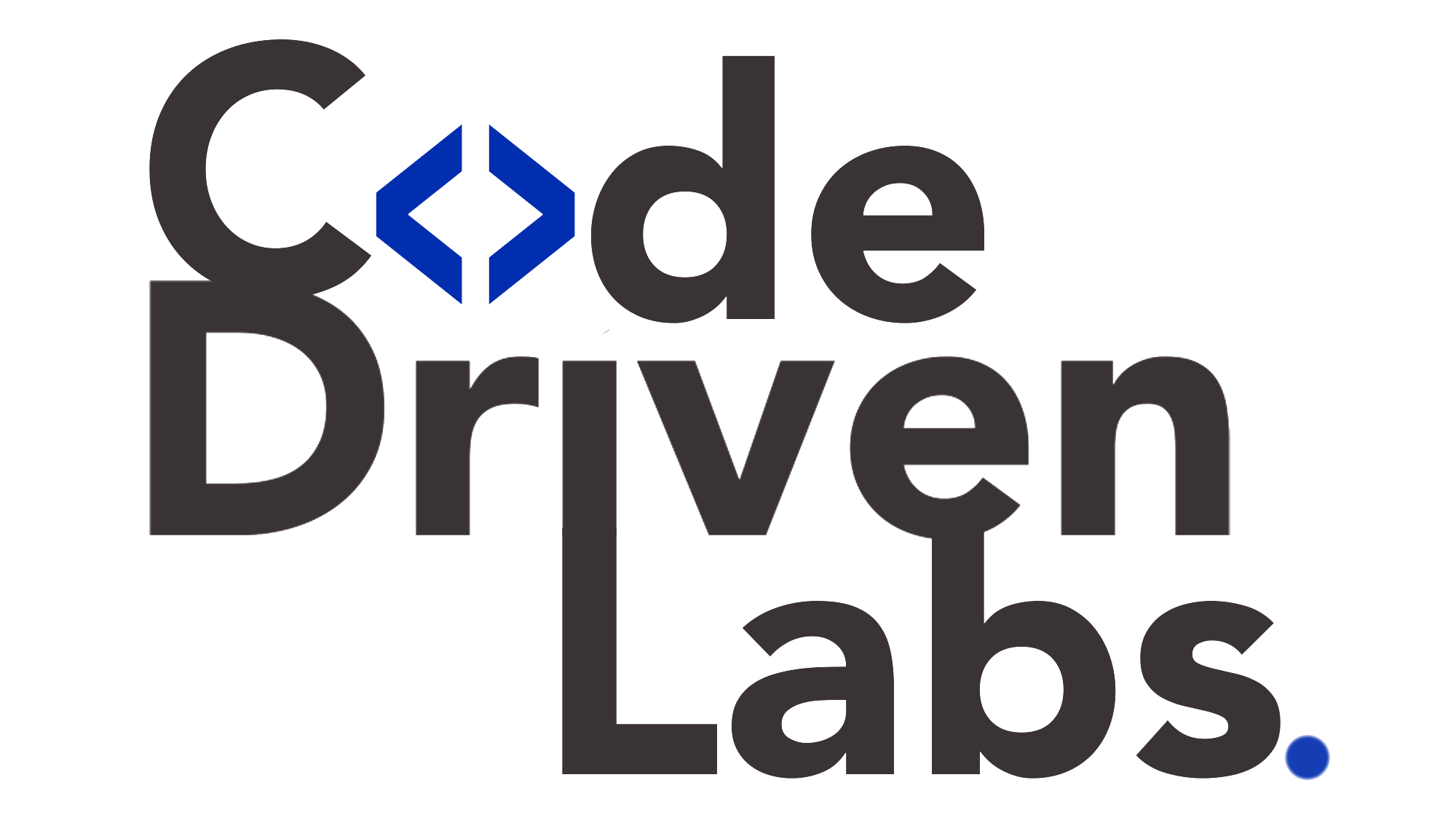Level up your business with US.
- Home
- Continuous Testing Across Domains: Building Scalable Automation Pipelines for Any Industry
Continuous Testing Across Domains: Building Scalable Automation Pipelines for Any Industry
August 17, 2025 - Blog
Continuous Testing Across Domains: Building Scalable Automation Pipelines for Any Industry
In today’s digital economy, organizations across every sector are under immense pressure to deliver high-quality software faster. Whether it is a bank processing millions of transactions daily, a healthcare provider managing patient data, or a media company streaming to global audiences, one expectation is common: applications must work flawlessly. To meet this demand, continuous testing has become a cornerstone of modern software delivery.
Continuous testing ensures that quality is not just validated at the end of development but integrated throughout the entire lifecycle. By combining automated test pipelines, DevOps practices, and AI-driven insights, companies can release reliable software at scale. And with the rise of code-driven labs, this approach becomes adaptable to the unique requirements of any industry.

What is Continuous Testing?
Continuous testing is the practice of running automated tests at every stage of the software delivery pipeline. Instead of treating testing as a final checkpoint before release, continuous testing shifts quality assurance left into development and right into deployment monitoring.
Key aspects of continuous testing include:
-
Early Detection of Defects – Issues are identified as soon as they are introduced, reducing costly late-stage fixes.
-
End-to-End Validation – From unit and API testing to UI and performance testing, all aspects of an application are covered.
-
Integration with DevOps – Testing becomes part of the CI/CD pipeline, ensuring that every build is validated in real-time.
-
Business Risk Coverage – Beyond functionality, continuous testing validates compliance, security, and user experience.
Why Continuous Testing Matters Across Industries
The demand for continuous testing is not limited to technology companies. Every industry that relies on digital platforms faces unique challenges, and scalable automation pipelines address them effectively.
1. Finance
-
Challenges: Strict compliance requirements, complex integrations, and zero tolerance for downtime.
-
Continuous Testing Benefits:
-
Automated regression tests ensure transaction accuracy.
-
Continuous security testing validates compliance with PCI DSS and other regulations.
-
Load testing under real-world conditions simulates peak transaction volumes.
-
2. Healthcare
-
Challenges: Sensitive data handling, interoperability, and accessibility compliance.
-
Continuous Testing Benefits:
-
Automated pipelines validate electronic health record (EHR) systems across multiple devices.
-
HIPAA and GDPR compliance checks are embedded into pipelines.
-
Accessibility testing ensures inclusive patient portals.
-
3. Manufacturing
-
Challenges: IoT devices, predictive maintenance, robotics integration.
-
Continuous Testing Benefits:
-
Automated tests validate data streaming from IoT sensors.
-
Performance testing ensures reliability of predictive maintenance algorithms.
-
Integration pipelines validate software across robotics and control systems.
-
4. Media & Entertainment
-
Challenges: High user concurrency, content personalization, device diversity.
-
Continuous Testing Benefits:
-
Continuous performance tests validate streaming quality under millions of concurrent users.
-
Automated visual testing ensures consistent experiences across devices.
-
Recommendation algorithms are continuously validated against user behavior.
-
5. Retail & E-Commerce
-
Challenges: High-traffic events, secure transactions, cross-platform experience.
-
Continuous Testing Benefits:
-
Automated pipelines ensure checkout workflows remain reliable.
-
Security testing protects customer data during seasonal traffic spikes.
-
Multi-platform automation validates apps on web, mobile, and POS systems.
-
Challenges in Building Scalable Automation Pipelines
Despite its clear benefits, implementing continuous testing across industries is not straightforward. Some common challenges include:
-
High Maintenance Costs: Traditional automation scripts often break when applications evolve.
-
Data Management: Test data must be consistent, secure, and compliant with regulations.
-
Cross-Domain Variability: Each industry has unique workflows and compliance requirements.
-
Skill Gaps: QA teams need expertise in DevOps, automation, and domain-specific testing.
-
Scalability: Running thousands of tests in parallel requires robust infrastructure.
This is where code-driven labs provide the foundation for success.
How Code-Driven Labs Power Continuous Testing
Code-driven labs are environments where test automation is designed, executed, and maintained using software development best practices. They bring agility, collaboration, and scalability to continuous testing pipelines.
Here’s how they help:
1. Centralized and Collaborative Workflows
Code-driven labs store test cases, scripts, and data in version-controlled repositories. Developers, QA engineers, and business stakeholders can collaborate in real-time, reducing duplication and ensuring transparency.
2. Domain-Specific Customization
Each industry has unique workflows, and code-driven labs allow for customization.
-
Finance teams can integrate compliance validation modules.
-
Healthcare teams can anonymize and mask test data for regulatory compliance.
-
Media companies can plug in streaming quality validation tools.
3. Scalable Execution
Labs are designed to handle thousands of tests in parallel. Whether validating IoT devices in manufacturing or simulating global traffic for retail, pipelines can scale horizontally to meet workload demands.
4. Self-Healing Automation
With AI integration, test scripts in code-driven labs adapt automatically when user interfaces or APIs change. This reduces maintenance costs and ensures stability.
5. Secure and Compliant Data Management
Code-driven labs enforce policies like encryption, masking, and role-based access control, making them ideal for industries handling sensitive data such as healthcare and finance.
6. Continuous Feedback Loops
Dashboards provide real-time insights into coverage gaps, defect trends, and performance bottlenecks. These continuous feedback loops improve decision-making and speed up resolution cycles.
Real-World Use Case: Continuous Testing with Code-Driven Labs
A global e-commerce enterprise faced challenges in maintaining consistent performance during seasonal shopping peaks. Manual regression testing slowed down releases, and scripts often failed due to frequent UI changes.
Solution:
-
The company adopted AI-powered continuous testing pipelines within a code-driven lab.
-
Self-healing scripts reduced maintenance overhead by 60%.
-
Automated performance testing simulated millions of concurrent users across global markets.
-
Secure data pipelines ensured PCI DSS compliance.
Result:
The enterprise achieved faster release cycles, maintained flawless customer experiences during traffic spikes, and reduced QA costs significantly.
Best Practices for Implementing Continuous Testing Pipelines
To maximize the benefits of continuous testing across industries, organizations should follow these best practices:
-
Adopt a Shift-Left Approach: Begin testing early in development to catch defects before they scale.
-
Leverage AI for Test Automation: Use machine learning to prioritize and generate high-value test cases.
-
Implement Test Data Management: Ensure compliance and consistency of test data across domains.
-
Automate Compliance Checks: Integrate regulatory standards directly into pipelines.
-
Use Modular Test Frameworks: Design modular and reusable test cases for easier maintenance.
-
Monitor in Real-Time: Integrate dashboards that provide immediate feedback to stakeholders.
-
Invest in Code-Driven Labs: Establish shared environments where development and QA collaborate seamlessly.
The Future of Continuous Testing
As digital transformation accelerates, continuous testing will evolve further. Emerging trends include:
-
Autonomous Test Generation: AI-driven pipelines that create and execute tests without manual input.
-
Predictive Quality Analytics: Models predicting release quality before deployment.
-
Cloud-Native Testing Labs: Fully scalable, global environments for parallel execution.
-
Cross-Domain AI Integration: Tailored test pipelines that adapt to unique industry requirements automatically.
By embracing these innovations, businesses can stay ahead of customer expectations and market competition.
Conclusion
Continuous testing is no longer an optional practice—it is the foundation of reliable, scalable, and secure software delivery. Across industries like finance, healthcare, manufacturing, media, and retail, continuous testing pipelines ensure faster releases, reduced risk, and superior customer experiences.
The key enabler of this transformation is the code-driven lab. By providing centralized collaboration, domain-specific customization, secure data handling, and scalable execution, code-driven labs help organizations adapt continuous testing to any industry challenge.
